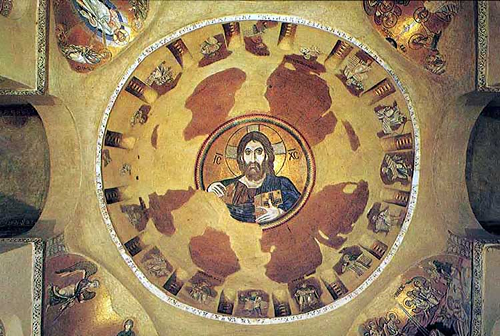The Moving Image in Byzantium

Cross listed with RELIGION 346.001
Byzantine art has been both condemned and praised for its static nature and flat surfaces. This course examines contexts in which the Byzantine icon disproves the traditional notion (or burden) of stillness imposed upon it. These contexts range from the public arena of processions in which icons (images) were the centre of visual attention, to the walls of Byzantine churches and palaces where they performed, to the miracles in which they supposedly came "alive". The responses of Byzantine viewers also reveal modes in which the viewing process shook icons out of their boundaries, transforming, even distorting them. By examining these issues, we may begin to understand the nuanced nature of the Byzantine icon other than as an epitome of stillness. The readings for this course include primary sources (all translated) in the form of deliciously evocative poems, epigrams and sermons.
Textbooks/Other Materials: None. All readings are posted on Canvas or available online through UM catalogue.
HISTART Concentration Distributions: A. The Middle East, D. Europe and the U.S., 2. Medieval, 3. Early Modern